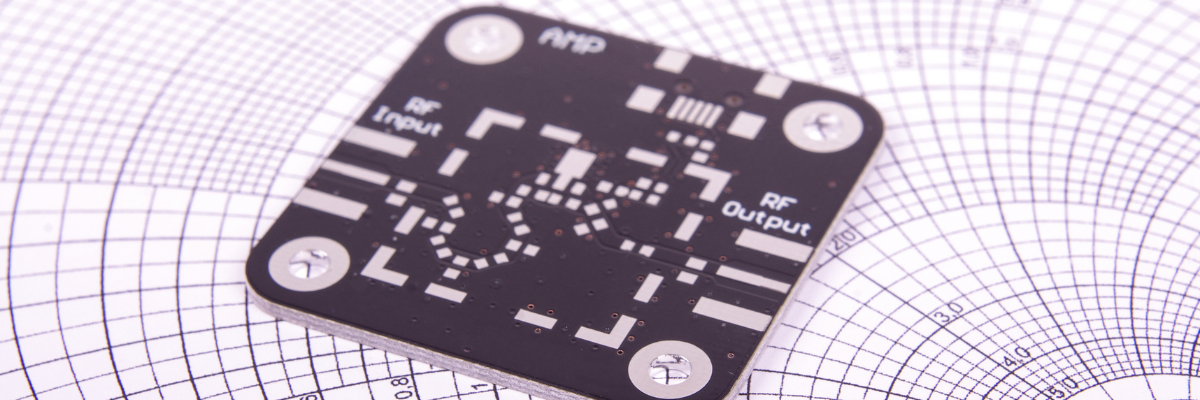Rapid prototyping in PCB manufacturing has emerged as an innovative approach, enabling engineers and designers to create functional prototypes at an accelerated pace. This technique leverages advanced technologies such as 3D printing, CNC machining, and laser processing to produce high-quality PCB assemblies in significantly reduced timelines. The main purpose of rapid prototyping is to streamline the iterative design process, minimize errors, and bring products to market faster while maintaining high precision and efficiency. With increasing demands for compact, high-performance electronics, rapid prototyping has gained traction among manufacturers. In this post, we explore the overview of rapid prototyping, the benefits it offers, and the emerging trends that are shaping its future in the electronics-driven manufacturing sector.
Overview of Rapid PCB Prototyping
Rapid PCB prototyping is a method that accelerates the development of printed circuit boards by utilizing automated tools, advanced machinery, and innovative materials. Here are some pointers.
-
- Traditionally, PCB production involves lengthy processes with multiple iterations and significant lead times.
- Most businesses prefer making prototypes before heading for a large-volume production.
- Prototypes not only give a change to rectify design errors but also foster innovation and serve as a base for future functionalities and advancements to be added to the assembly.
- Rapid prototyping takes this further by making 3D models and shortening the cycle from concept to a functional prototype.
- At the core of this methodology are computer-aided design (CAD) and computer-aided manufacturing (CAM) tools, which allow designers to translate ideas into physical prototypes with minimal manual intervention. These tools integrate seamlessly with modern fabrication technologies such as laser cutting, additive manufacturing, and precision etching, ensuring high accuracy and repeatability.
- Furthermore, rapid prototyping is instrumental in validating designs by enabling thorough testing and debugging before mass production, ensuring that end products meet stringent quality standards.
- The process also supports design flexibility, allowing engineers to experiment with novel layouts, materials, and features without substantial cost implications.
- In a landscape where electronic devices are becoming more complex and miniaturized, rapid PCB prototyping empowers manufacturers to stay competitive by delivering innovative solutions with unmatched efficiency.
Benefits of Using Rapid Prototyping PCBs
Rapid prototyping offers numerous benefits that significantly enhance the PCB manufacturing process, from design to production. Here are some of the key advantages.
- Accelerated Development Cycles: Rapid prototyping drastically reduces the time required to transition from concept to a functional prototype. This quick turnaround enables manufacturers to meet tight deadlines and remain competitive in fast-paced markets.
- Cost Efficiency in Design Iteration: Traditional PCB production often involves high costs for each iteration. With rapid prototyping, design flaws can be quickly identified and corrected without incurring significant additional expenses, saving both time and resources.
- Improved Design Accuracy: Advanced tools and technologies ensure precise reproduction of complex designs, reducing the likelihood of errors during mass production. This accuracy is crucial for the functionality and reliability of modern electronics.
- Enhanced Flexibility and Innovation: Engineers can experiment with different materials, layouts, and components during the prototyping stage. This flexibility encourages innovation, leading to the creation of more sophisticated and efficient devices.
- Early Validation and Testing: Rapid prototyping allows for rigorous testing of PCB designs at an early stage, ensuring that they meet performance standards before scaling to mass production. This reduces the risk of defects and associated costs.
- Scalability and Customization: The process supports small-batch production, which is ideal for customized applications or niche markets. Manufacturers can also quickly scale up production once a design is finalized and validated. They can also use the prototype to develop new versions.
Emerging Trends in Rapid PCB Prototyping
As technology continues to evolve, several exciting trends are shaping the future of rapid PCB prototyping, further solidifying its role in the growth of PCB manufacturing and assembling. Here are some pointers.
- Integration of AI and Machine Learning: Artificial intelligence is being used to optimize PCB design and prototyping processes. AI algorithms can predict design flaws, suggest improvements, and automate repetitive tasks, significantly enhancing productivity and accuracy.
- Adoption of 3D Printing: Additive manufacturing is revolutionizing PCB prototyping by enabling the creation of multi-layered, intricate designs in a single process. 3D printing also supports the use of unconventional materials, broadening the possibilities for innovative applications with much lesser timeframes and reduced waste.
- Advancements in Material Science: The development of new materials, such as flexible substrates and high-temperature polymers, is expanding the capabilities of rapid prototyping. These materials allow for more durable and versatile PCBs that cater to advanced applications such as wearables and aerospace electronics.
- Miniaturization and High-Density Interconnects (HDI): The demand for smaller, more powerful devices is driving the adoption of HDI techniques in rapid prototyping. This trend supports the production of compact PCBs with increased functionality, ideal for IoT and mobile devices among many others.
- Cloud-Based Prototyping Tools: Cloud platforms are enabling collaborative PCB design and prototyping by allowing teams to work remotely and in real-time. These tools also integrate with advanced simulation software, making it easier to test designs under virtual conditions.
- Sustainability and Eco-Friendly Practices: The push for greener manufacturing processes is influencing rapid prototyping. Techniques that reduce waste, such as additive manufacturing, and the use of recyclable materials are becoming more prevalent.
- Integration of IoT in Prototyping: IoT-enabled systems are being utilized to monitor and optimize the prototyping process. Real-time data from sensors can provide insights into machine performance, material usage, and environmental conditions, improving overall efficiency.
Worried about keeping up with the emerging market demands of PCB manufacturing? Rigiflex Technology, Inc. is here to accelerate your growth with reliable, high-performance rapid prototyping solutions. Our innovative solutions ensure precision and speed while offering full customization to meet your unique requirements. Get seamless PCB development with unmatched efficiency. For any queries or to discuss your requirements, visit our website or contact our sales team today to explore how Rigiflex can transform or upgrade your manufacturing system.

